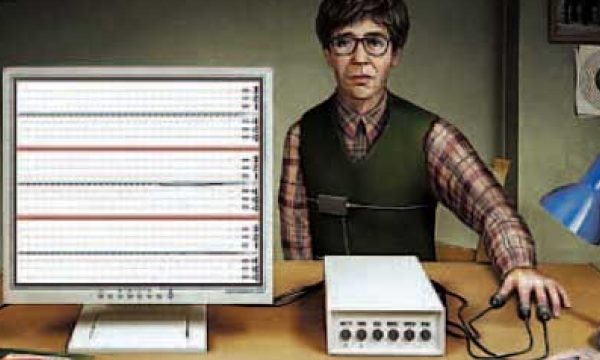
In today’s world, where the line between truth and deception can often blur, lie detector tests have emerged as a powerful tool for unraveling hidden truths. Often associated with crime dramas and police interrogation rooms, these tests tap into the enigmatic realm of human physiology and psychology to expose lies and unearth secrets. The mere mention of a lie detector test can evoke a sense of tension and intrigue, sparking curiosity about its accuracy and effectiveness in unmasking deceit.
History of Lie Detector Tests
Lie detector tests, also known as polygraphs, have a fascinating history that dates back to the early 20th century. The concept of measuring physiological responses to detect deception was pioneered by psychologist William Moulton Marston, who invented the systolic blood pressure test in 1915.
The technology behind lie detector tests has evolved significantly over the years. In the 1920s, John Larson enhanced Marston’s systolic blood pressure test, incorporating measures of respiration and skin conductivity to create a more comprehensive polygraph instrument. These advancements laid the foundation for the modern polygraph tests used today.
Lie detector tests have been widely utilized in various fields, including law enforcement, security, and employment screenings. While controversial and not admissible as standalone evidence in court, polygraphs continue to be a tool for uncovering deception and obtaining valuable information in investigations.
How Lie Detector Tests Work
Lie detector tests, also known as polygraph tests, operate on the premise that changes in physiological responses can indicate deception. These tests measure various physiological indicators such as heart rate, blood pressure, respiration, and skin conductivity to assess a person’s truthfulness.
During a typical lie detector test, the examiner asks a series of questions while monitoring the individual’s physiological responses. Any significant changes in these responses, particularly when specific questions are asked, may suggest deception. The examiner then analyzes the collected data to determine the likelihood of truthfulness in the individual’s responses.
While lie detector tests are commonly used in certain settings such as law enforcement and pre-employment screenings, they are not foolproof. Critics argue that factors like nervousness, anxiety, and other variables can influence the test results, leading to possible inaccuracies. Nevertheless, lie detector tests continue to be an intriguing tool in uncovering the truth in various scenarios.
Controversies Surrounding Lie Detector Tests
There are several controversies surrounding lie detector tests. Some critics argue that these tests are not always accurate and can be influenced by various factors such as the individual’s emotional state or the skill of the examiner. This has raised concerns about the reliability of using such tests as a definitive measure of truthfulness.
Another point of contention is the legality and ethics of using lie detector tests in various settings, such as criminal investigations or employment screenings. Some argue that relying on these tests as a sole basis for making important decisions can be unjust and may infringe on individuals’ rights to privacy and fair treatment.
Polygraph
Furthermore, the use of lie detector tests has sparked debate among experts in the field of psychology and neuroscience. While some believe that these tests can provide valuable insights into human behavior and deception, others question the scientific validity and effectiveness of using physiological responses to detect lies accurately.


